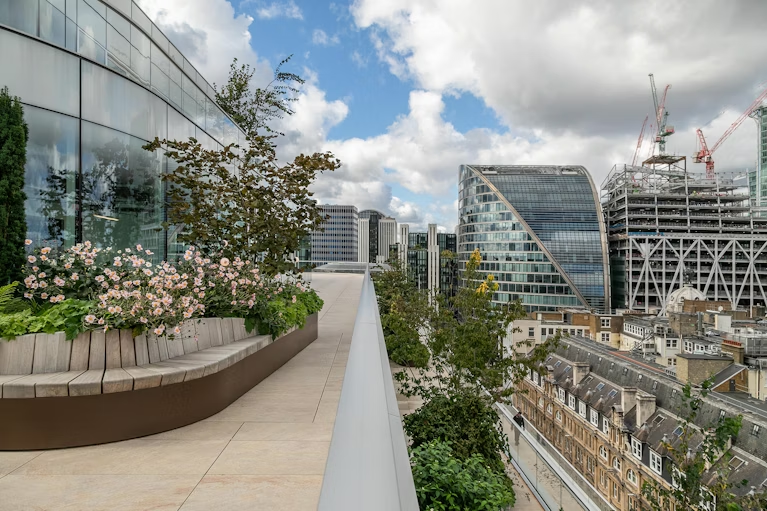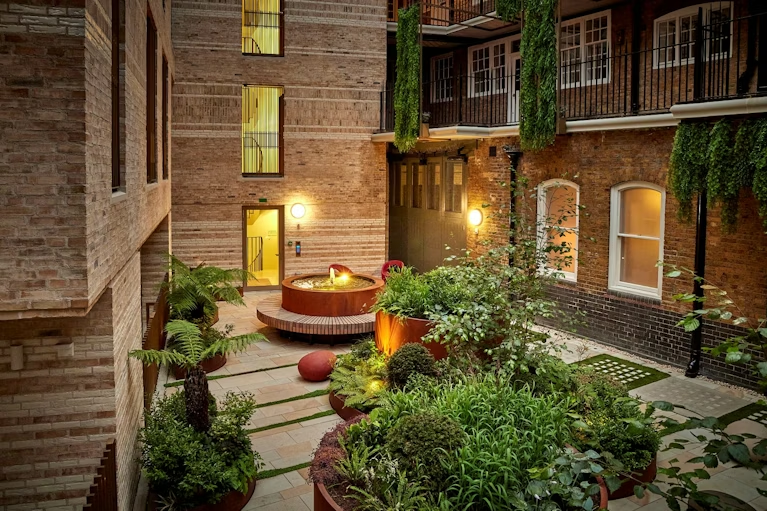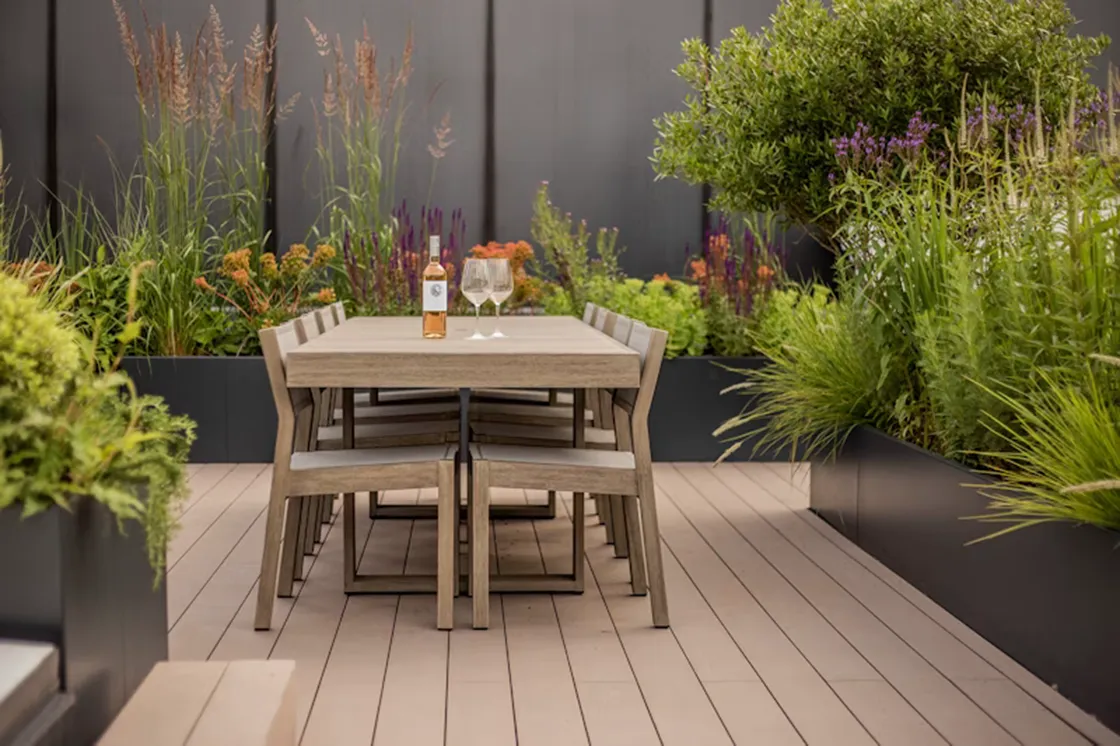One terrace, many functions: Why flexibility is key
Space efficiency and experience-driven design matter more than ever, making flexibility the cornerstone of a successful commercial terrace. Whether you are managing a corporate rooftop, a restaurant balcony or a hospitality venue, the ability to adapt the terrace to different functions throughout the day is what makes the space truly valuable.
From sunrise meetings to sunset events, terraces must effortlessly transform. Here is why flexibility is essential:
1. Maximising ROI
A static space that serves a single purpose can be underutilised for most of the day. But a terrace that supports everything from quiet morning work sessions to vibrant after-work gatherings becomes a high-performing, revenue-generating asset.
2. Meeting evolving user needs
The way people use outdoor spaces has changed. Employees crave casual breakout zones. Clients expect impressive entertainment areas. Guests want atmosphere. A flexible commercial terrace that can adapt to these needs without major effort or reconfiguration is essential.
3. Future-proofing the design
Business needs evolve, and so do the expectations of customers and staff. Designing flexibility into the terrace from the start, using modular systems, durable surfaces and movable elements ensures the space remains relevant and functional as requirements shift over time.
4. Supporting wellness and productivity
Workplace terraces that can adapt between focused solo zones and social meeting areas can help boost employee well-being and productivity. Offering choice in how and where people work is proven to foster creativity and satisfaction.
What makes a terrace truly flexible?
Not all commercial terraces that claim to be multi-purpose actually deliver on that promise. A truly flexible terrace is more than just an outdoor space with nice furniture. It is a thoughtfully designed environment that can change function, mood and capacity with minimal effort.
So, what sets a truly adaptable terrace apart?
- Versatile furniture: Furniture that can be easily moved or reconfigured is important to serve multiple purposes. This could include seating that can also be used as tables or modular furniture that can adapt for different group sizes.
- Integrated elements: Incorporating greenery with integrated planters and seating adds visual interest to the commercial terrace and creates a more inviting atmosphere.
- Weather-ready design: Shade, shelter, heating, weather resistant materials and good drainage help ensure year-round use, even in unpredictable climates.
- Seamless aesthetics: Even as the space transforms, it should remain cohesive and on-brand. Materials, finishes and fixtures should support multiple configurations while maintaining visual consistency.
- Multi-zonal layouts: Rather than a single open-plan area, flexible terraces offer distinct zones that support different activities simultaneously. This includes casual seating, formal meeting spots, dining tables or standing space for events.
A terrace that hits these marks doesn’t just look good, it works hard all day long, delivering real value for businesses and a better experience for everyone who uses it.










